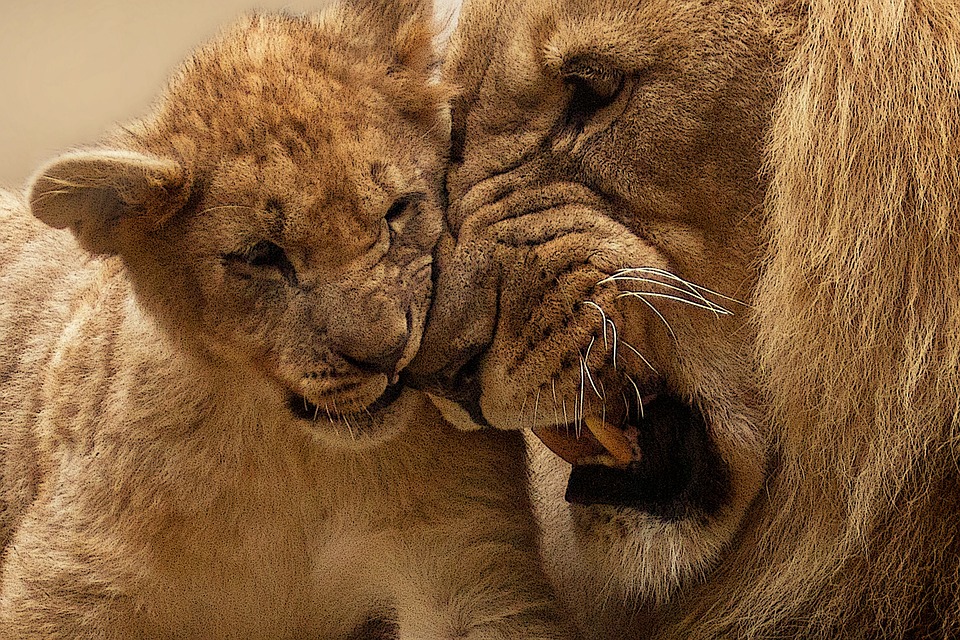Understanding Kneading: Decoding Your Cat’s Behavior
As cat owners, we often witness our furry companions engaging in peculiar behaviors that leave us scratching our heads. One such behavior is kneading, where cats rhythmically push their paws in and out against a soft surface. While it may seem baffling at first, kneading is a natural instinct deeply rooted in a cat’s behavior. In this article, we will delve into the reasons behind this behavior, its significance, and how to interpret it. So, grab a cup of tea and let’s unravel the mysteries of kneading together!
What is Kneading?
Kneading, also known as “making biscuits,” is the motion cats make by rhythmically pushing their front paws against a surface. This behavior is characterized by alternating pushing and retracting movements, much like a baker kneading dough. Cats typically target soft objects like blankets, pillows, or even your lap. Kneading is often accompanied by purring, a sign of contentment and relaxation.
Why Do Cats Knead?
1. Nostalgic Reminders of Kittenhood: Kneading is reminiscent of the actions kittens take while nursing. As newborns, kittens instinctively knead their mother’s mammary glands to stimulate milk flow. This behavior is imprinted in their memory, and adult cats may continue to knead as a way to relive the comforting sensations of their early days.
2. Marking Territory: Cats have scent glands located in the soft pads of their paws. When they knead, they release a scent that marks the territory as their own. This behavior serves as a form of communication to other cats, signaling their presence and claiming ownership over an object or space.
3. Stretching and Relaxation: Kneading also provides cats with a means of stretching their muscles and promoting overall relaxation. The rhythmic motion helps them to unwind, relieve stress, and maintain flexibility in their paws and limbs.
4. Displaying Affection: Cats often knead as a sign of affection towards their owners. It’s their way of showing love and happiness. When your cat kneads on your lap, they are essentially marking you as their special person and expressing their affectionate bond with you.
How to Interpret Kneading Behavior
Understanding the underlying reasons for kneading can help you interpret your cat’s behavior more accurately. Here are a few pointers to keep in mind:
1. Context Matters: Consider the environment and situation in which your cat is kneading. If they are kneading in your lap while purring, it’s a clear display of affection. However, if they are kneading aggressively or with an intense focus, it might indicate excitement or anxiety.
2. Accompanying Behaviors: Observe any additional behaviors that accompany kneading. For instance, if your cat is kneading while simultaneously “making biscuits” on a blanket and purring contently, it’s a sign of relaxation. On the other hand, if they are kneading while growling or hissing, it might be a sign of territorial behavior.
3. Body Language: Pay attention to your cat’s body language while kneading. Relaxed body posture, half-closed eyes, and a content expression indicate that your cat is happy and comfortable. Conversely, an arched back, flattened ears, or dilated pupils may suggest agitation or discomfort.
FAQs about Kneading Cats
1. Should I discourage my cat from kneading?
While kneading is a harmless behavior, there might be instances when you prefer not to be the target of those sharp claws. In such cases, gently redirect your cat’s attention to a suitable alternative, like a soft blanket or a cat bed.
2. Why does my cat drool while kneading?
Some cats may drool while kneading as it induces a state of deep relaxation and contentment. It’s similar to when a dog drools when they are happy or expecting a treat. If your cat’s drooling is excessive or accompanied by other concerning symptoms, consult a veterinarian.
3. Is kneading more common in certain cat breeds?
Kneading is a behavior observed in cats of all breeds, so it’s not specific to certain breeds. However, individual cats may display kneading behavior more frequently or intensely depending on their personality and background.
4. Can I train my cat not to knead on certain objects?
Training a cat not to knead is challenging since it is an instinctual behavior. Instead, provide appropriate scratching posts or designated kneading surfaces to redirect their behavior.
Remember, every cat is unique, and their kneading behavior may vary. Pay attention to your cat’s individual preferences and adjust your understanding accordingly. By deciphering their kneading habits, you’ll strengthen the bond with your feline friend and gain a deeper insight into their fascinating world. Happy kneading!








